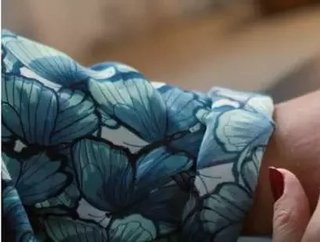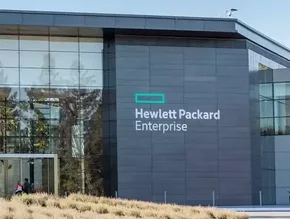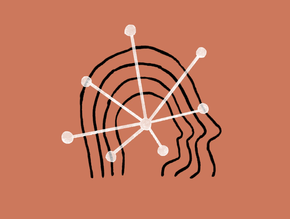The Impossible Tattoo - Powered by 5G

5G has become the next level of wireless technology, globally. Whilst its presence only continues to grow; the world embracing and preparing for its permanent arrival, many telecom providers are still trying to understand and translate the technological improvements that are relevant for consumer benefits. The advancements that 5G will provide are greater reliability, an enhanced capacity and overall being quicker. But the question remains, for what purpose. T-Mobile has a clear plan in mind.
The Mill teamed up with the creative agency Anomaly Amsterdam, to bring 5G ever closer and built T-Mobile’s status as The Netherland’s most trusted network. From this pairing came ‘The Impossible Tattoo’: the world’s first remote tattoo, all powered by T-Mobile’s new 5G technology. What was originally perceived as impossible, became a reality through the use of a robotic arm. Controlled by the tattoo artist from a separate location, he proceeded to create a tattoo onto a human arm, through the use of real-time 5G. With the new benefits of the 5G network, there is virtually no delay in time, resulting in the ability to perform actions with millimeter accuracy, from a far off location. ‘The Impossible Tattoo’ project has greatly illustrated what larger reliability, speed and low latency can mean within the real world.
Several months worth or research was put into action by The Mill’s Experience Team - led by Noel Drew. Thoroughly exploring and developing this cutting edge technology, the team built both the custom robotic tattoo arm, alongside the film that captured the ground-breaking experience. The dutch tattoo artist, Wes, was also deeply involved in the development of the remote tattooing technology, ensuring that a variety of factors were taken into consideration when designing and replicating the use of tattooing on a human arm. Multiple tests were performed before the final event, on varying vegetables and prosthetic skin samples. The final creation was applied to dutch actress and TV personality Stijn Fransen; successfully receiving the world’s first 5G tattoo.
Footage of the entire process covers from the building, to the testing of the AI robotic arm. The final event being this last phase to be filmed, which will now be used in online communications and national broadcasts for T-Mobile.






